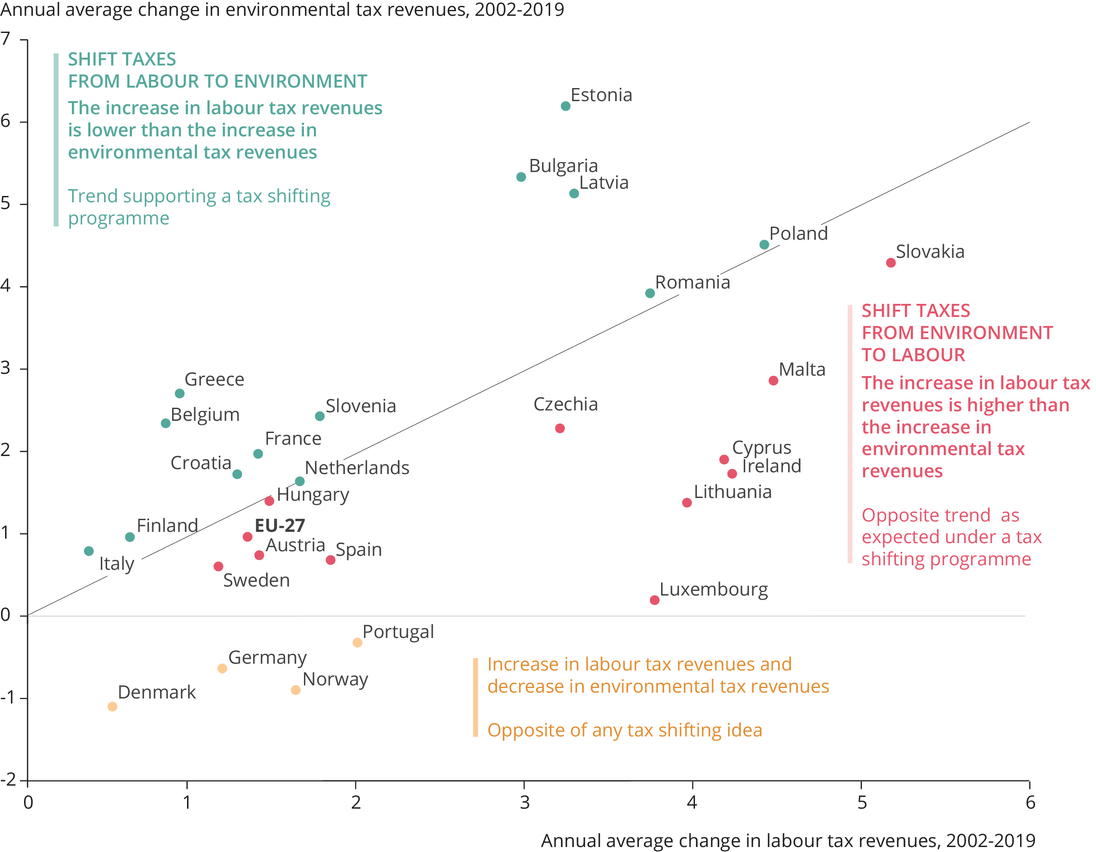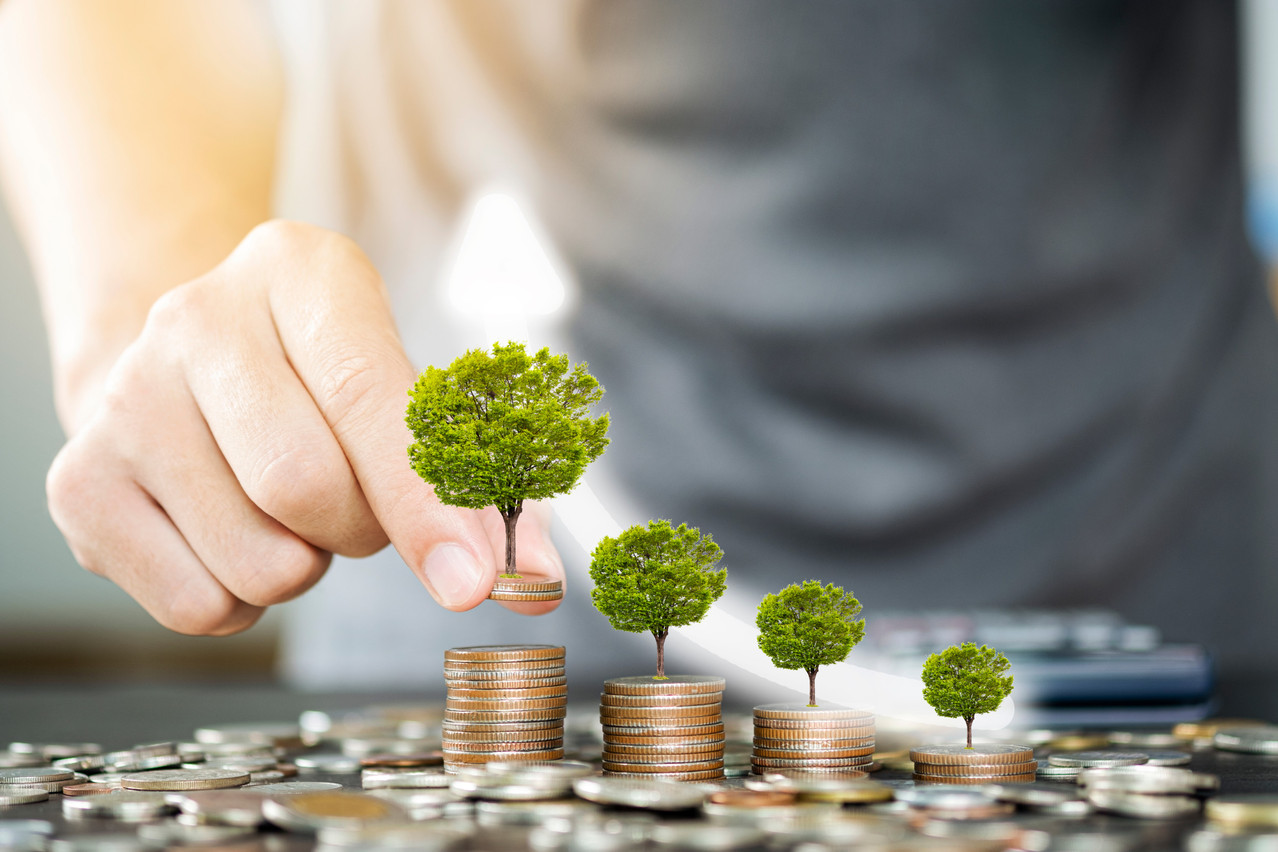“The case for environmental taxation has never been stronger” to support the energy transition, says the European Environment Agency (EEA) in a report published on 7 February entitled “The role of (environmental) taxation in supporting sustainability transitions”. But while some European countries are well on their way to doing this, Luxembourg has been moving in the opposite direction for the past two decades.
At EU level, revenue from environmental taxation is, in absolute terms, on the rise: from €253bn in 2002, it has risen to €298bn in 2019, an increase of 18%. However, this increase has been much slower than the rise in GDP (26%) or the rise in total tax revenue (31%). The share of environmental tax revenue in total tax revenue has decreased from 6.6% in 2002 to 5.9% in 2019.
However, this trend varies greatly from country to country. Between 2002 and 2019, the share of revenue from environmental taxation increased in Belgium (from 5.3% to 6.1%) and to a lesser extent in France (from 4.9% to 5.1%). However, it fell sharply in Germany (from 6.6% to 4.4%) and even more in Luxembourg (from 7.1% to 4.4%).
More generally, it is the Luxembourg tax system that doesn’t seem to be taking up the recommendations by the European Commission in the European Green Deal. The commission wants to change national tax systems and “shift the tax burden from labour income to pollution”. The general idea is that the burden should be less on sectors considered beneficial, such as employment, and more on what is considered negative, such as pollution.
“Opposite trend to the one expected”
In the EU, despite this development, the composition of tax revenue has remained broadly stable, the EEA notes. But again, this varies greatly from country to country. In countries such as Belgium, France or the Netherlands, the dynamics are moving in the right direction, since from 2002 to 2019 the increase in tax revenue from labour taxation was less than that from environmental taxation. The transition desired by the commission has therefore begun.
Luxembourg’s evolution in this area follows an “opposite trend to the one expected”, according to the EEA, since the increase in taxation of labour income is greater than that of environmental tax revenue.

In countries such as Belgium, France or the Netherlands, the dynamics are in the right direction, since from 2002 to 2019, the increase in tax revenues from labour taxation has been lower than the increase in revenues from environmental taxation. Luxembourg's evolution in this respect follows an "opposite trend to the one expected", according to the EEA, since the increase in taxation of labour income is higher than that of environmental tax revenues. (Image: EEA)
Luxembourg clearly needs to make a change regarding its tax system. But its specificities could pose difficulties. The European Commission recalled in its “Fit for 55” package that the carbon tax will play a central role in decarbonisation efforts. But this may have “disproportionate implications” for the public finances of member states that rely heavily on fuel tax revenues--as is the case in Luxembourg, where, in 2019, 90% of environmental tax revenues were generated by transport-related fuel taxation, a record in Europe. Compensating for this loss in public finances will be a key issue for Luxembourg, notes the EEA.
$100 per tonne of CO₂ in 2030
In a report published in 2017, the Stern-Stiglitz Commission had calculated that, in order to achieve the climate goals of the Paris Agreement, the price of carbon should be between $40 and $80 per tonne of carbon emissions in 2020, and then gradually increase to a price between $50 and $100 in 2030.
In Luxembourg, the carbon tax was raised to €25 per tonne in 2022, and the national energy and climate plan envisages raising it to €30 per tonne in 2023. But no further increase is foreseen after that. “If we listen to science, we will have to increase this tax little by little, while bringing us into line with what our neighbouring countries are doing,” said environment minister Carole Dieschbourg (déi Gréng) in an interview with Delano’s sister publication Paperjam last January.
Whether the momentum will be as great as the challenge is less than certain.
This story was first published in French on . It has been translated and edited for Delano.
